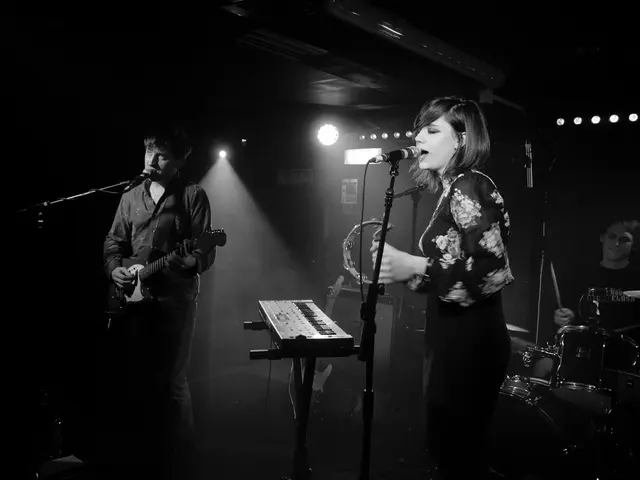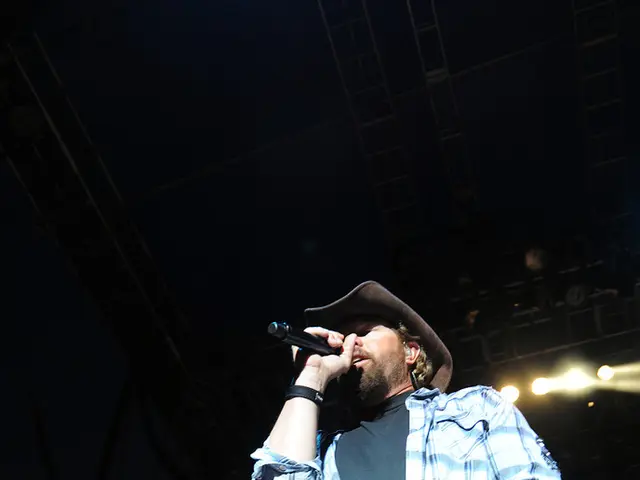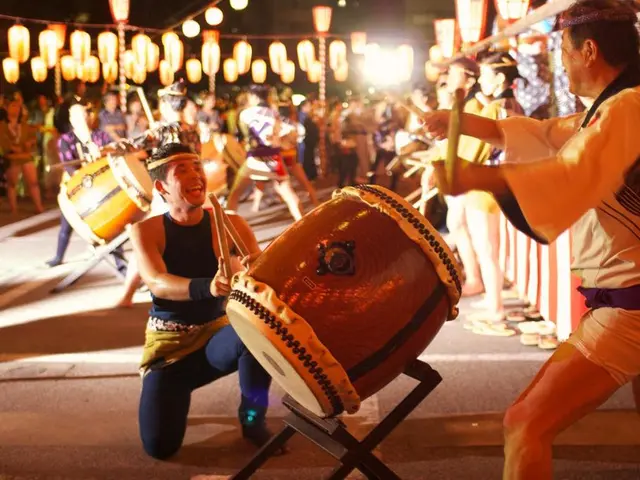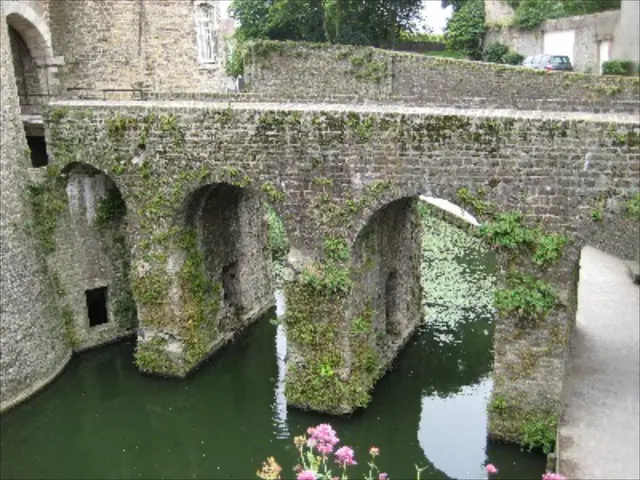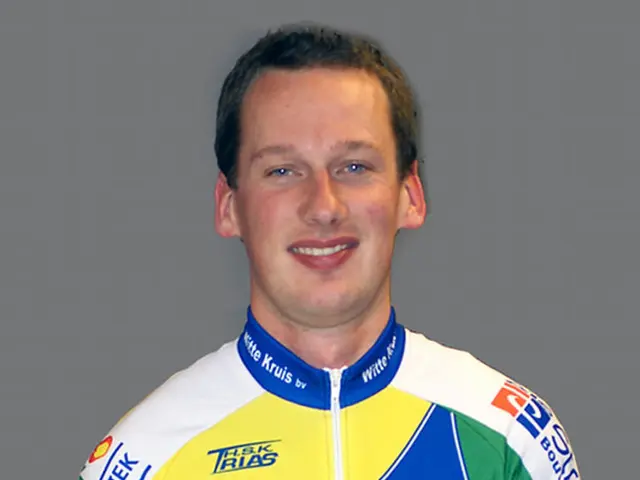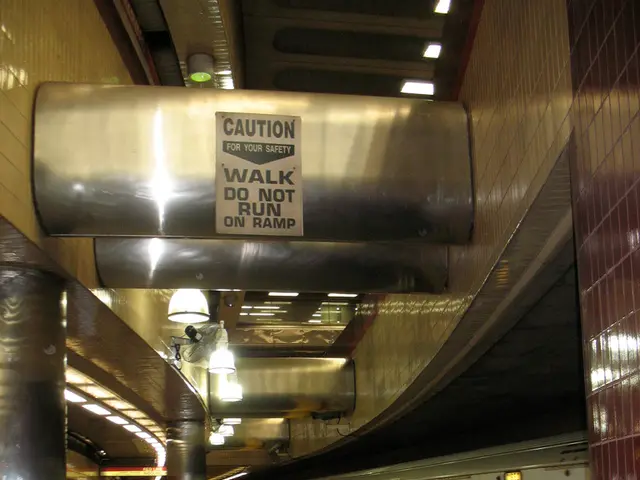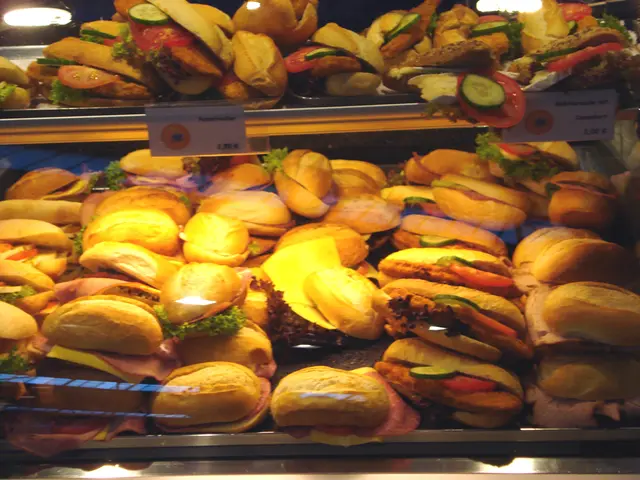Unraveling the Symbolism: Why is our National Bird Roosting in India's Commercial Capital? Gieve Patel's Work Holds a Deeper Narrative
Discussion with Hemant Gavankar on Gieve Patel's Peacock Sculpture at Nariman Point
Navigating the artistic world can be a confusing labyrinth for many budding artists, especially when grappling with the essence of creativity and self-expression. My journey led me to the captivating works of Gieve Patel, an Indian artist famed for his multidimensional talent.
Spanning decades, Patel, who passed away at the age of 83 in 2023, was a chameleon-like artist, effortlessly transitioning from painting and poetry to sculpture and theatre. Even after retiring in 2005, the medical practitioner continued to elicit intrigue with his realistic urban landscapes, human figures, and the abstract and symbolic pieces that dominated his later years.
One of my preferred pieces from Patel's oeuvre is the "Peacock at Nariman Point," created in 1999. This vibrant masterpiece features a man standing before the iconic South Mumbai skyline, the sea and distant skyscrapers providing the backdrop. Yet, there's a twist – the man is clutching a peacock.
This painting was birthed from Hoshi Jal's black-and-white photograph published in a newspaper at that time. Patel's rendition cleverly captures the raw, grainy essence of '90s print photography, capturing a frozen moment in time that could never be repeated.
The painting's surface is a dazzling spectacle of complementary colors and sharply defined visuals, while the title, simple and straightforward, speaks volumes. It invites the viewer to question not only the quixotic sight of our national bird roaming India's commercial heart but also the city itself – Mumbai's extraordinary growth following India's economic liberalization.
During a presentation at Chandigarh's Lalit Kala Akademi in 2016, Patel shared that he felt compelled to immortalize the peacock's anomalous journey, knowing that it would never revisit this space again. To many, "Peacock at Nariman Point" signifies a particular epoch in Indian art – the close of the 20th century, an era marked by unparalleled cultural, political, and social changes. Even the peacock echoes its frequent appearance as a motif in Indian miniature paintings, symbolizing opulence and power.
Patel's work was never shy of bold colors and resolute brushstrokes, even in his more abstract creations, which were adorned with intricate details. His human figures likewise profited from his deep understanding of human anatomy. By challenging the viewer's perspective, whether in his deserted railway station series or well series that reflects the allure of nature, Patel's work provokes contemplation. Are we waiting for a train or have we already arrived at our destination? Are we peering into the well from above or are we within it, admiring the sky? In this intricate dance of ambiguity, the peacock stands center stage.
The enigma of this painting never fails to intrigue me. By embodying a sense of uncertainty, it perpetually forces the viewer to question and engage.
ARTIST BIO: Hemant Gavankar's mixed-media paintings and video art delve into the impact of gentrification and social change on Mumbai. His work explores the parallel evolution of physical spaces and inner emotions over time.
From HT Brunch, June 14, 2025
Follow us on www.instagram.com/htbrunch
Fashion 👜 👚 Taylor Swift 🎶 Health💊 Festivals🎡 Travel🛫 Relationships💏 Recipes🍳🍽️ Lifestyle News🗞️ Fashion 👜 👚 Taylor Swift 🎶 Health💊 Festivals🎡 Travel🛫 Relationships💏 Recipes🍳🍽️ Lifestyle News🗞️ News📰 Lifestyle👠 Brunch🥐
- Whether in the realm of Indian art or personal lifestyle, intrigue and contemplation are themes one can find in both Gieve Patel's works and Taylor Swift's music.
- Reminiscing Gieve Patel's oeuvre, one can't help but draw parallels between the evolution of Indian art and the evolution of one's inner self, much akin to the transformation from black-and-white print photography to vibrant, modern paintings.
- Immersed in Patel's "Peacock at Nariman Point," we find a testament to India's economic growth mirrored in its artistic expression, reminding us that health, much like the arts, is an integral part of the nation's cultural fabric.

